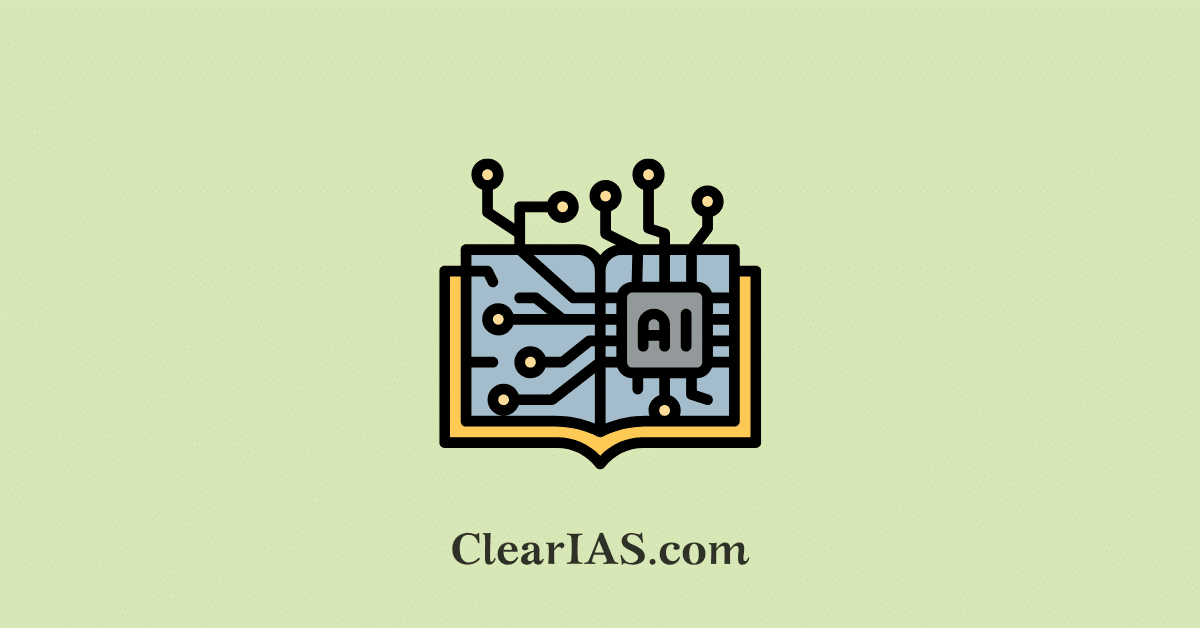
AI and CT Curriculum will be introduced in all schools from Class 3 onwards in India. The Department of School Education & Literacy (DoSE&L), Ministry of Education, has reaffirmed its commitment to advancing Artificial Intelligence and Computational Thinking (AI & CT) as essential components of future-ready education. Read here to learn more.
In a landmark initiative, the Ministry of Education has announced the introduction of an Artificial Intelligence (AI) and Computational Thinking (CT) curriculum in all schools from Class 3 onwards, beginning in the academic year 2026–27.
The move marks a decisive step toward embedding digital literacy and problem-solving capabilities in the formal school education system, an effort aligned with the vision of the National Education Policy (NEP) 2020 and Viksit Bharat @ 2047.
What is the AI and CT Curriculum?
The proposed curriculum provides a structured framework for learning Artificial Intelligence and Computational Thinking, starting from the foundational years of schooling.
It will be implemented across all education boards and schools in India, ensuring inclusivity and uniform exposure to emerging technologies.
AI and CT together aim to enable students to understand how intelligent systems work and how logical, step-by-step computational thinking can be used to solve real-world problems.
Aims and Objectives
- Develop 21st-Century Skills: To nurture logical reasoning, data literacy, analytical thinking, creativity, and problem-solving skills among students.
- Foster Responsible and Ethical Tech Use: To ensure early awareness about the ethical, social, and environmental implications of AI.
- Promote ‘AI for Public Good’: To align student innovation with national and global sustainable development priorities.
- Build a Future-Ready Workforce: To prepare young learners for future jobs that increasingly demand AI fluency and computational aptitude.
Key Features of AI and CT Curriculum
- Alignment with NEP 2020 & NCF-SE 2023: The curriculum emphasizes flexibility, inclusion, and contextual learning, core principles of NEP 2020, ensuring that students learn AI concepts in a relatable and real-world manner.
- Implementation Timeline: The curriculum will be rolled out in phases across all schools from 2026–27, allowing for infrastructure and teacher capacity building in advance.
- Teacher Preparedness: Teachers will undergo professional development through NISHTHA training modules, interactive video-based learning, and practical toolkits to integrate AI concepts into classroom activities.
- Integration with “The World Around Us” (TWAU): AI learning will be linked to real-world contexts—such as environment, health, and community life- to make technology relatable and socially relevant.
Significance of AI and CT curriculum in Schools
- Early Digital and Ethical Literacy: Students gain awareness not just of how to use technology, but also how to use it responsibly and ethically.
- Global Competitiveness: By familiarizing students with computational reasoning and AI from an early age, India positions itself to nurture a digitally empowered generation capable of leading in the global AI economy.
- Bridging the Digital Divide: The inclusion of all boards ensures equitable access, helping rural and under-resourced schools participate in India’s digital transformation.
- Innovation and Creativity: Encourages children to use AI for problem-solving in local contexts, fueling bottom-up innovation and public-oriented technology solutions.
Challenges Ahead
- Teacher Capacity and Infrastructure: Ensuring that schools across diverse regions have trained teachers and adequate digital infrastructure.
- Curriculum Integration: Balancing AI learning with existing academic load without overburdening students.
- Equity and Access: Preventing disparities between urban and rural learners in exposure and resources.
- Ethical Oversight: Maintaining data privacy and preventing misuse of AI-based tools among young users.
Way Forward
To ensure successful implementation, India must:
- Develop regionally adapted, language-inclusive digital content.
- Partner with EdTech startups and academic institutions to co-create AI modules.
- Establish clear ethical frameworks for classroom technology use.
- Monitor outcomes through data-driven feedback and adaptive curriculum design.
Conclusion
The introduction of AI and Computational Thinking from Class 3 marks a paradigm shift in India’s education ecosystem, from rote learning to reasoning, from memorization to innovation.
By fostering early digital competence and ethical awareness, the policy not only prepares students for future workplaces but also empowers them to use technology for social good.
In essence, this curriculum builds the foundation of a responsible, innovative, and future-ready Bharat, a crucial step toward realizing the vision of Viksit Bharat @ 2047.
Practice questions
Q. Examine how the AI and CT curriculum strengthens the governance dimension of education policy in India. Highlight the challenges in its nationwide implementation. (250 words) (General Studies Paper II – Governance & Education)
Q. The AI and CT curriculum emphasizes the ethical and responsible use of technology. Discuss how early exposure to AI ethics can shape moral reasoning and digital behavior among students. (250 words) (Ethics & Technology)







Leave a Reply